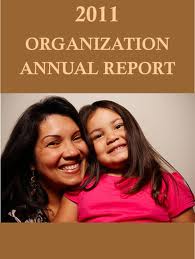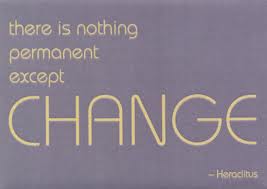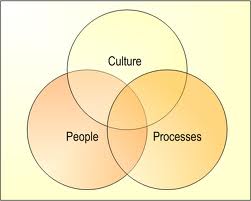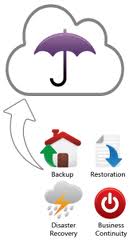 Every once in a blue moon I will scroll down to the very bottom of someone’s email. It has become fairly standard practice for people to tuck all sorts of things into the signature block of their email. A few days ago I received an email from Jonathan Trapp who is a Vice President at Assurance Agency, which is an insurance brokerage company. At the bottom of his email was a YouTube link to a company video they developed last year to celebrate their 50th anniversary of being in business.
Every once in a blue moon I will scroll down to the very bottom of someone’s email. It has become fairly standard practice for people to tuck all sorts of things into the signature block of their email. A few days ago I received an email from Jonathan Trapp who is a Vice President at Assurance Agency, which is an insurance brokerage company. At the bottom of his email was a YouTube link to a company video they developed last year to celebrate their 50th anniversary of being in business.
I’m dropping a copy of this online video into this morning’s blog post because after watching it I had one of those “Oh-Wow” epiphany moments:
Click here ===> Assurance Agency 50th anniversary video
So, did you see it, too? Did you have the same epiphany ?
 I don’t know about you, but after watching that video I immediately flashed back to those days as an executive director when I struggled at the end of every year to develop content for my agency’s annual report. It always felt like I was doing the same thing every year. There was always:
I don’t know about you, but after watching that video I immediately flashed back to those days as an executive director when I struggled at the end of every year to develop content for my agency’s annual report. It always felt like I was doing the same thing every year. There was always:
- content about the agency’s Youth of the Year,
- last year’s financial summary,
- a list of the agency’s big accomplishments,
- a letter from the executive director and board president, and
- of course . . . the long and boring donor honor roll.
Can there be any doubt that the typical non-profit annual report needs to be “jazzed up”???
In reality, the annual report is super important. It is the perfect stewardship piece because it speaks to the return on investment that donors received resulting from the contributions they made to your agency. Additionally, it can be a great cultivation piece because it shows prospective donors what they might expect your agency to do with their future donation.
 I think human beings are very visual creatures, which is what intrigues me about using online video to tell the story about where your non-profit organization has been in the last 12 months. If I were in your shoes I don’t think that I’d totally get rid of the paper version, but I would be very tempted to produce a much smaller document that is supplemented by an online video.
I think human beings are very visual creatures, which is what intrigues me about using online video to tell the story about where your non-profit organization has been in the last 12 months. If I were in your shoes I don’t think that I’d totally get rid of the paper version, but I would be very tempted to produce a much smaller document that is supplemented by an online video.
You’re probably asking: “How would that work, Erik?” Well, I could see a one-page, double-sided annual report with key content including:
- financials
- major accomplishments
- thank you message to supporters
- lots of pictures of your happy clients
At the bottom of the abbreviated annual report, I would print the YouTube link with a message encouraging donors to view the annual report video online. If I were in the habit of distributing the agency’s annual report at a special event, I might consider handing out the abbreviated paper report along with a CDROM or USB flash drive with a copy of the video on it.
You could easily post a copy of the annual report video on your website and Facebook page.
You could also do what Jonathan Trapp of Assurance Agency does and include a link to the video in the signature block of every email you send out for the next year.
While doing some research for today’s blog post, I came across a similar post by the good people at Socialbrite. Click here to view their post on this subject and you will see four sample non-profit annual report videos.
If today’s post generally got you excited about jazzing up your agency’s annual report, then visit Kivi Leroux Miller’s website. She is selling an e-book on this subject. She also offers webinars. You’ll also find a link to her free annual report wiki page with a few resources that you might find useful.
Are you happy with your annual report? What do you put in this critical document? Have you tried using online video as part of your annual report process? If so, how did it work out for you? Please share your thoughts in the comment box below.
Here’s to your health!
Erik Anderson
Founder & President, The Healthy Non-Profit LLC
www.thehealthynonprofit.com
erik@thehealthynonprofit.com
http://twitter.com/#!/eanderson847
http://www.facebook.com/eanderson847
http://www.linkedin.com/in/erikanderson847




























